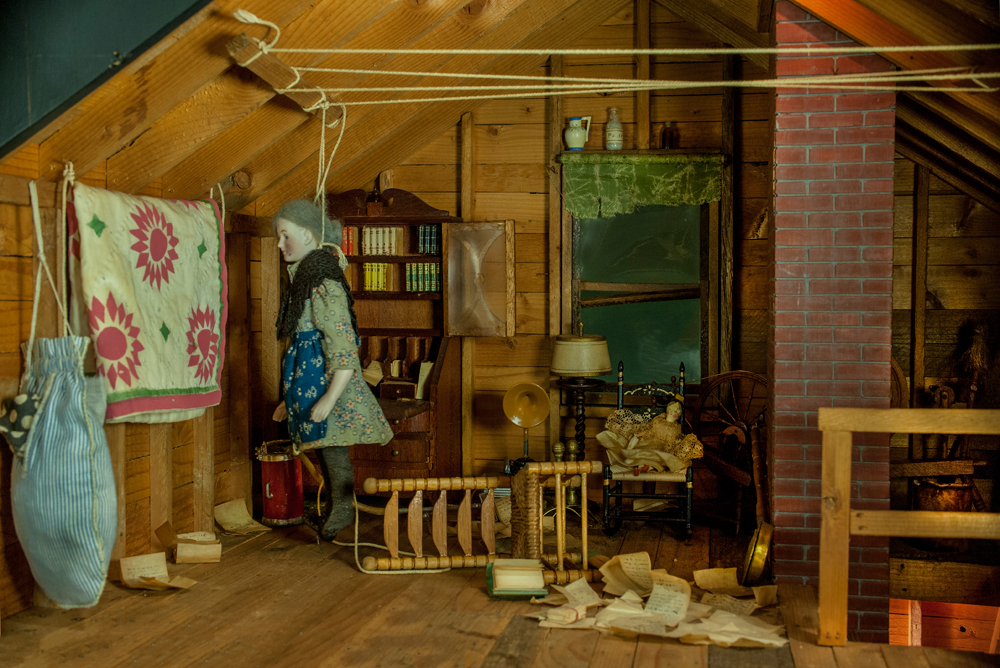
Frances Glessner Lee, “Attic,” about 1946-48. Collection of the Harvard Medical School, Harvard University, Cambridge, Massachusetts, courtesy of the Office of the Chief Medical Examiner, Baltimore, Maryland.
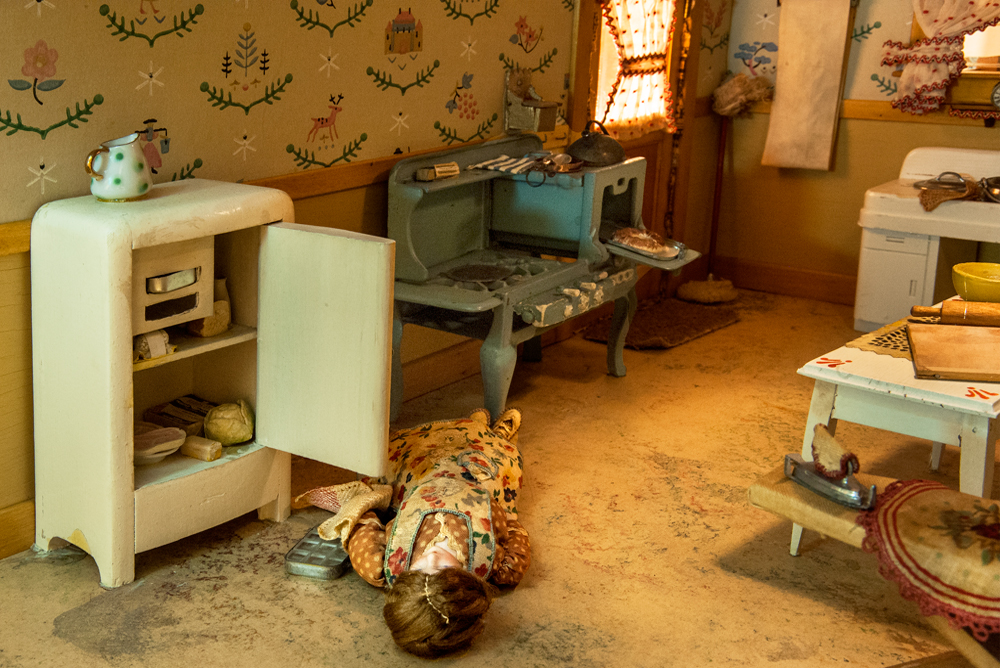
Frances Glessner Lee, “Kitchen” (detail), about 1944-46. Collection of the Harvard Medical School, Harvard University, Cambridge, Massachusetts, courtesy of the Office of the Chief Medical Examiner, Baltimore, Maryland.

Frances Glessner Lee, “Kitchen” (detail), about 1944-46. Collection of the Harvard Medical School, Harvard University, Cambridge, Massachusetts, courtesy of the Office of the Chief Medical Examiner, Baltimore, Maryland.
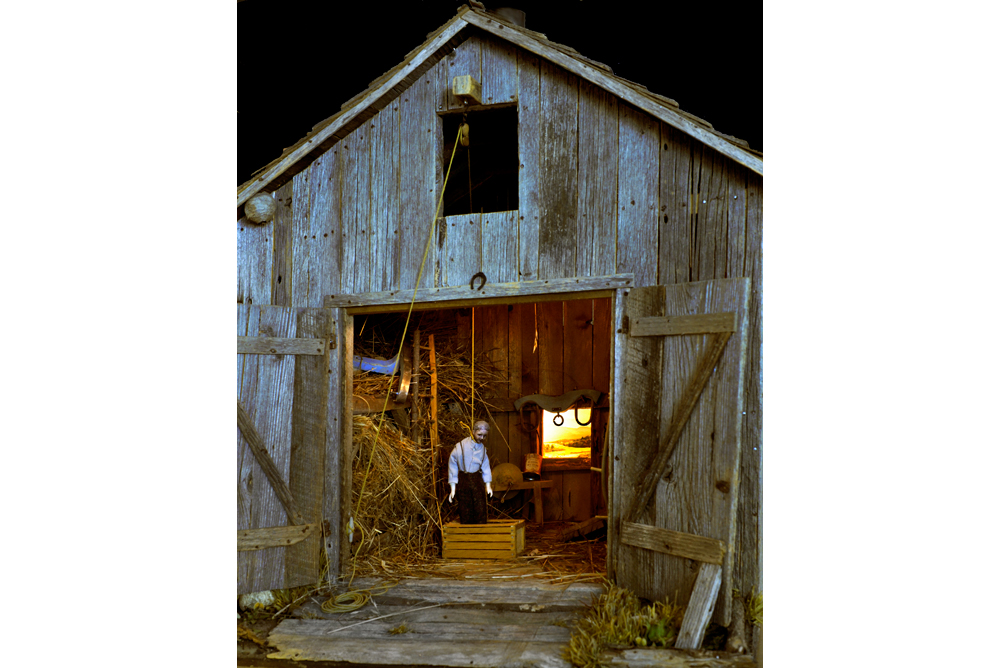
Frances Glessner Lee, “Barn” (also known as “The Case of the Hanging Farmer,” about 1943-44. Collection of the Harvard Medical School, Harvard University, Cambridge, Massachusetts, courtesy of the Office of the Chief Medical Examiner, Baltimore, Maryland.
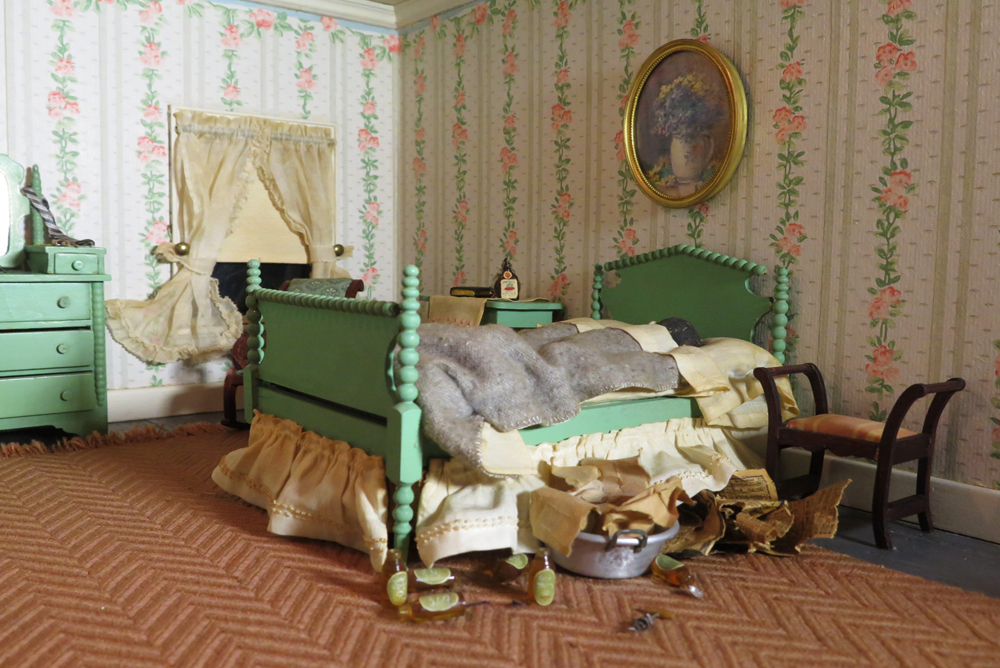
Frances Glessner Lee, “Striped Bedroom” (detail), about 1943-48. Collection of the Harvard Medical School, Harvard University, Cambridge, Massachusetts, courtesy of the Office of the Chief Medical Examiner, Baltimore, Maryland.

Frances Glessner Lee, “Striped Bedroom” (detail), about 1943-48. Collection of the Harvard Medical School, Harvard University, Cambridge, Massachusetts, courtesy of the Office of the Chief Medical Examiner, Baltimore, Maryland.
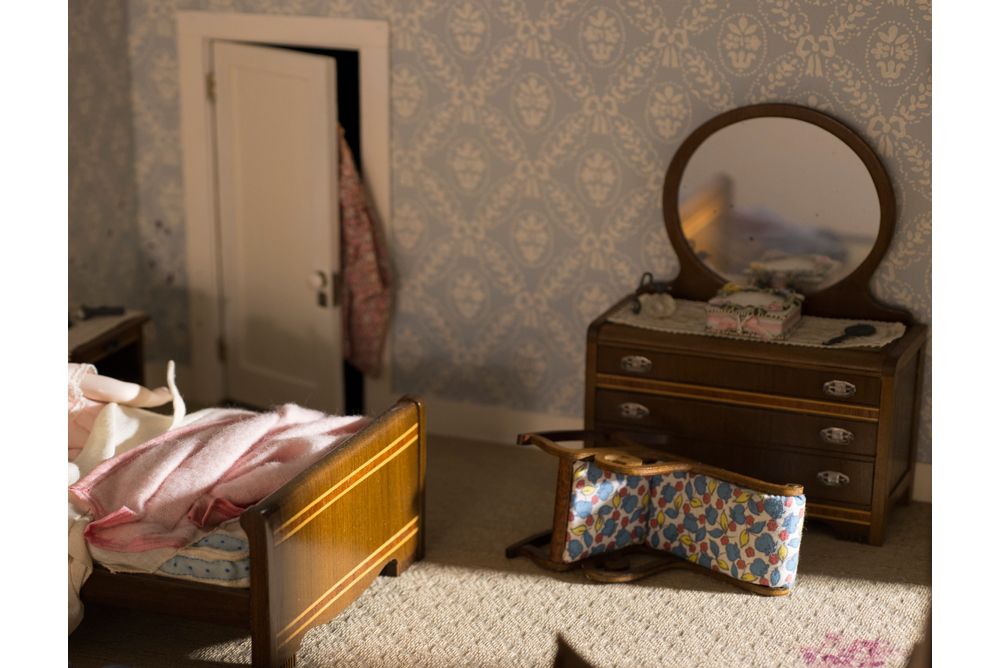
Frances Glessner Lee, “Three-Room Dwelling” (detail), about 1944-46. Collection of the Harvard Medical School, Harvard University, Cambridge, Massachusetts, courtesy of the Office of the Chief Medical Examiner, Baltimore, Marylalnd.
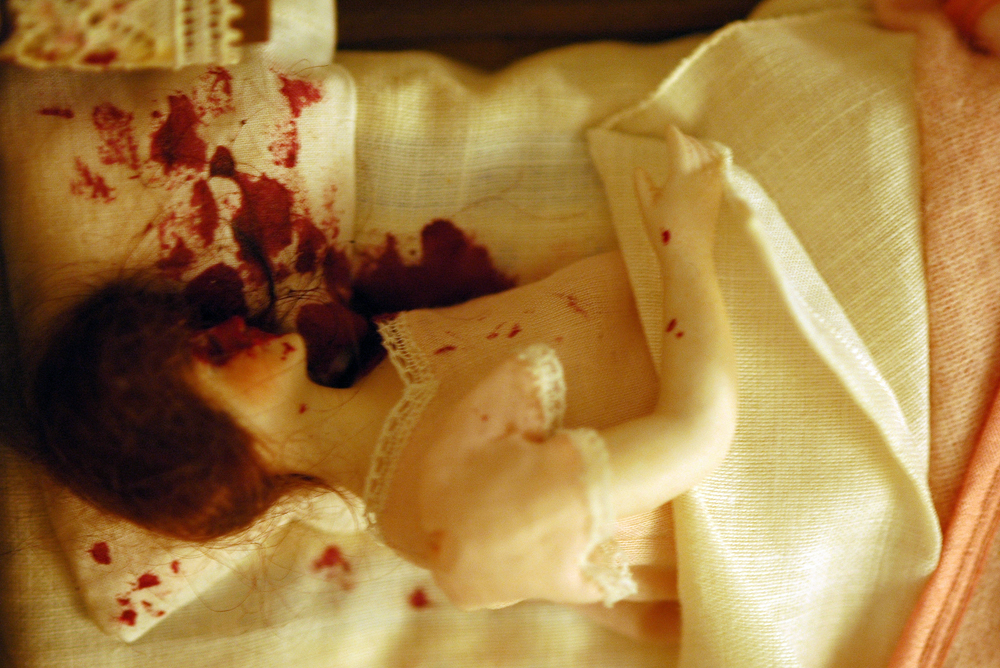
Frances Glessner Lee, “Three-Room Dwelling” (detail), about 1944-46. Collection of the Harvard Medical School, Harvard University, Cambridge, Massachusetts, courtesy of the Office of the Chief Medical Examiner, Baltimore, Maryland. / Photograph by Susan Marks, courtesy of “Murder in a Nutshell” documentary.
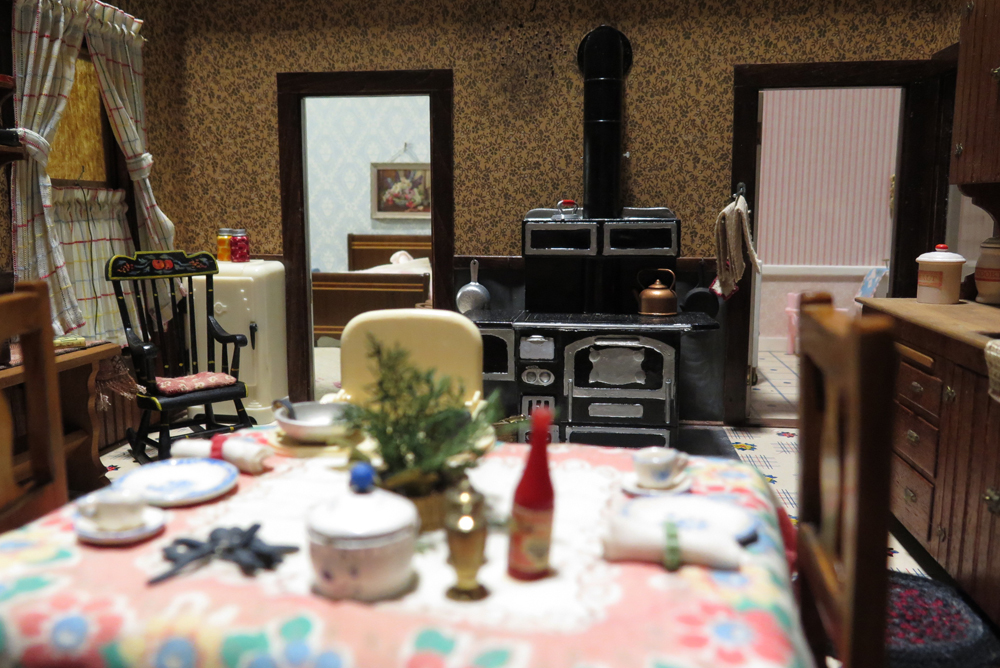
Frances Glessner Lee, “Three-Room Dwelling” (detail), about 1944-46. Collection of the Harvard Medical School, Harvard University, Cambridge, Massachusetts, courtesy of the Office of the Chief Medical Examiner, Baltimore, Maryland.
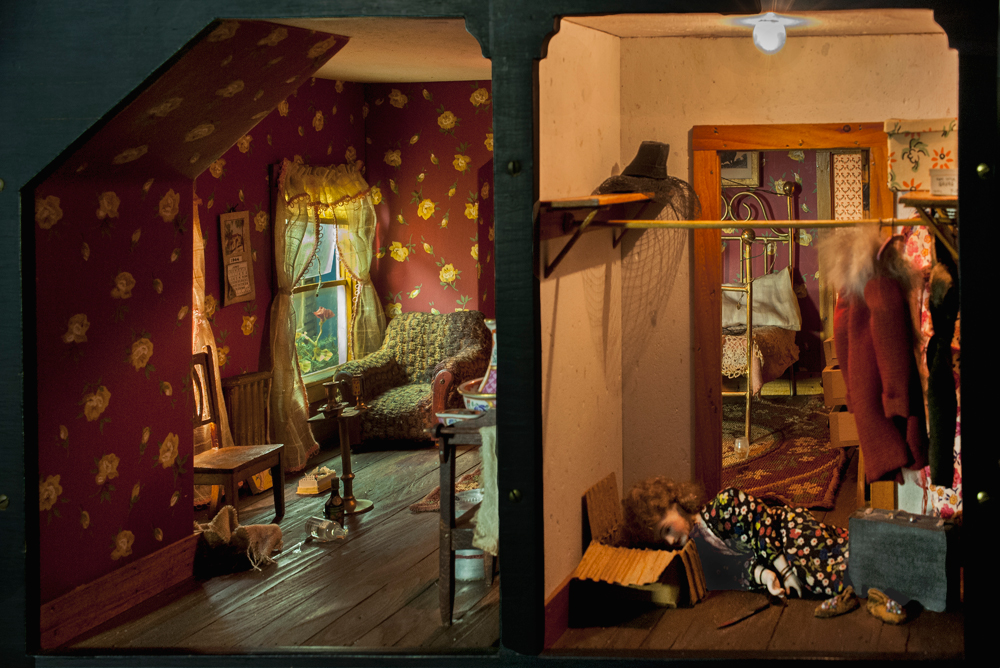
Frances Glessner Lee, “Red Bedroom,” about 1944-48. Collection of the Harvard Medical School, Harvard University, Cambridge, Massachusetts, courtesy of the Office of the Chief Medical Examiner, Baltimore, Maryland.
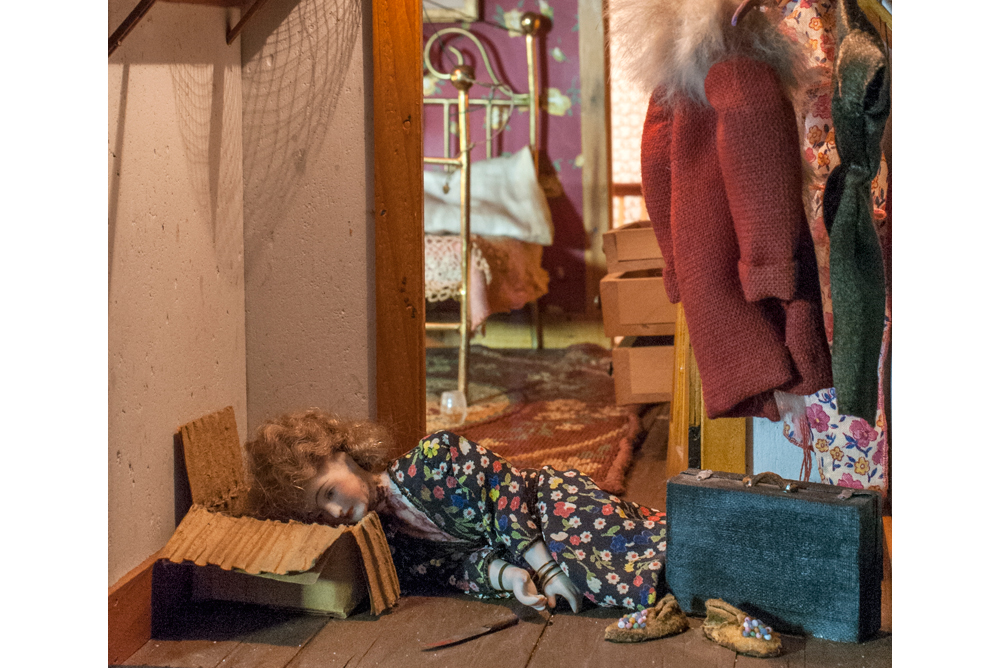
Frances Glessner Lee, “Red Bedroom,” (detail) about 1944-48. Collection of the Harvard Medical School, Harvard University, Cambridge, Massachusetts, courtesy of the Office of the Chief Medical Examiner, Baltimore, Maryland.
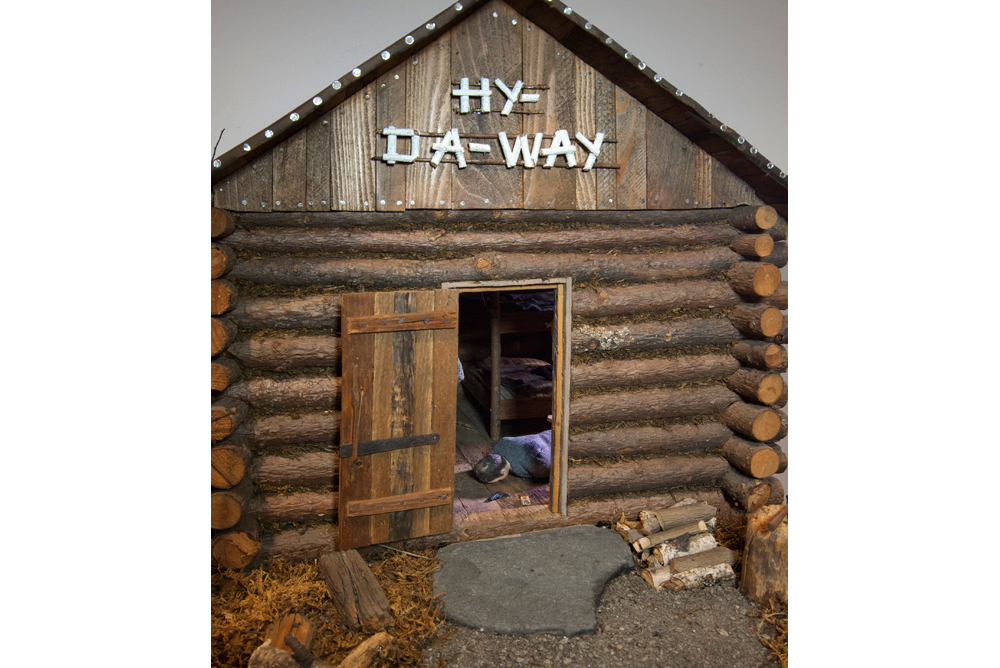
Frances Glessner Lee, “Log Cabin” (detail), about 1944-46. Collection of the Harvard Medical School, Harvard University, Cambridge, Massachusetts, courtesy of the Office of the Chief Medical Examiner, Baltimore, Maryland.
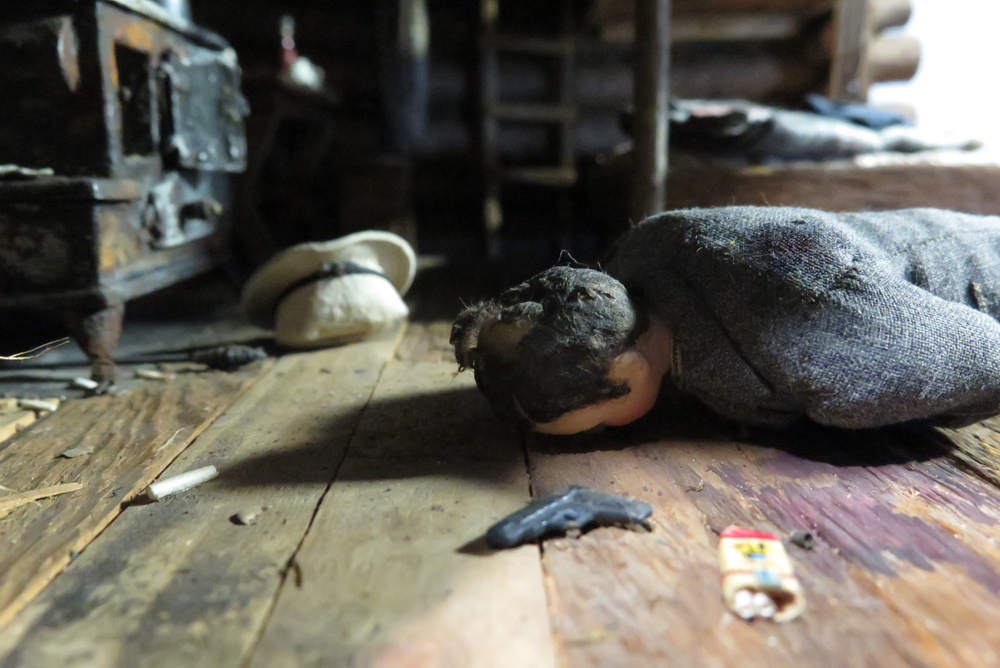
Frances Glessner Lee, “Log Cabin” (detail), about 1944-46. Collection of the Harvard Medical School, Harvard University, Cambridge, Massachusetts, courtesy of the Office of the Chief Medical Examiner, Baltimore, Maryland.
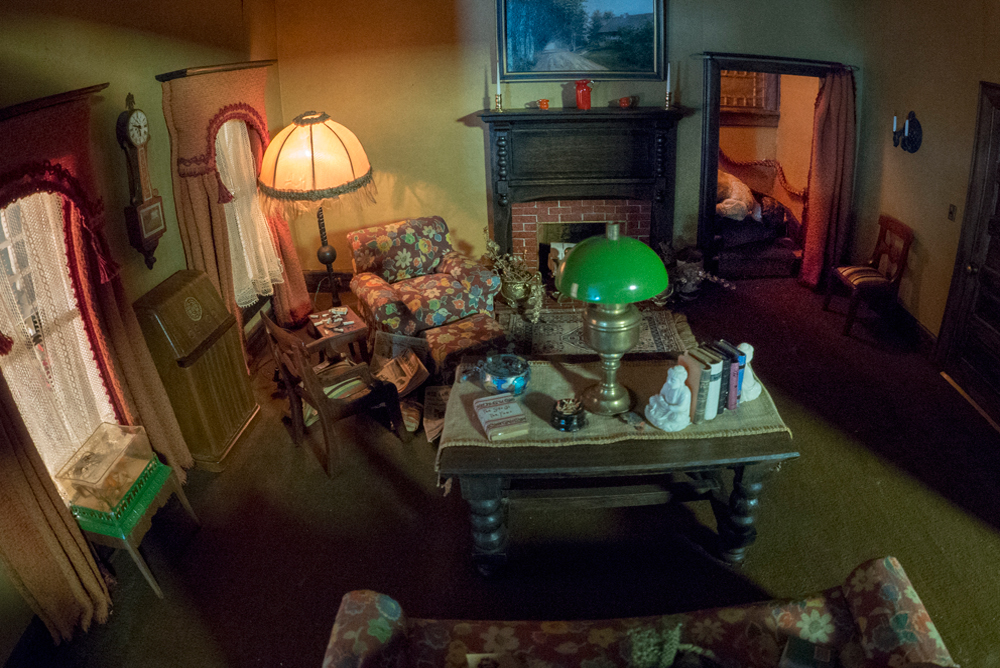
Frances Glessner Lee, “Living Room” (detail), about 1943-48. Collection of the Harvard Medical School, Harvard University, Cambridge, Massachusetts, courtesy of the Office of the Chief Medical Examiner, Baltimore, Maryland.
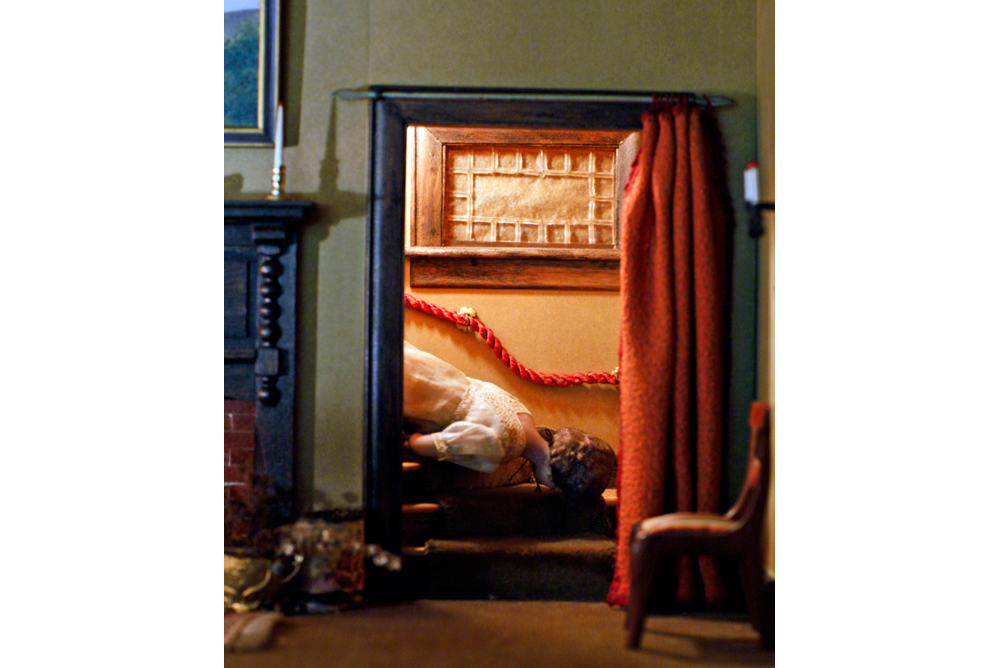
Frances Glessner Lee, “Living Room” (detail), about 1943-48. Collection of the Harvard Medical School, Harvard University, Cambridge, Massachusetts, courtesy of the Office of the Chief Medical Examiner, Baltimore, Maryland.
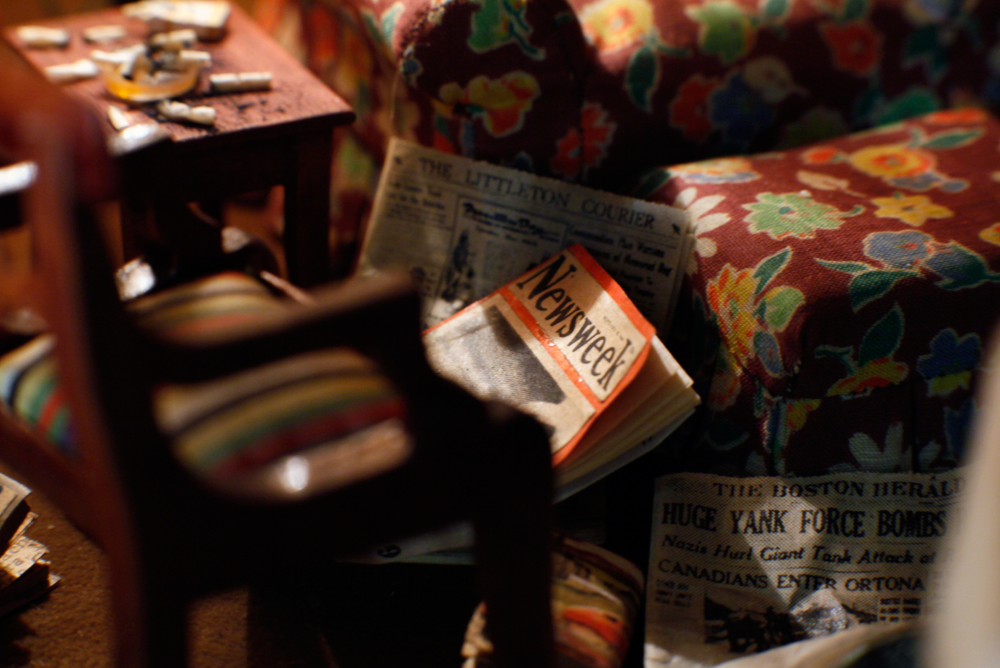
Frances Glessner Lee, “Living Room” (detail), about 1943-48. Collection of the Harvard Medical School, Harvard University, Cambridge, Massachusetts, courtesy of the Office of the Chief Medical Examiner, Baltimore, Maryland.
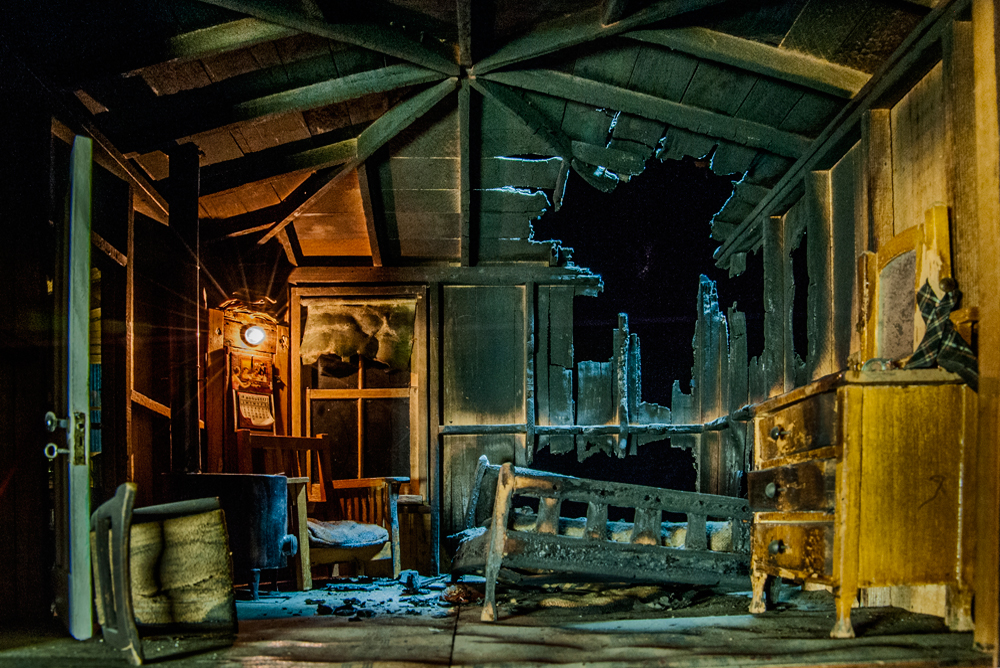
Frances Glessner Lee, “Burned Cabin” (detail), about 1944-48. Collection of the Harvard Medical School, Harvard University, Cambridge, Massachusetts, courtesy of the Office of the Chief Medical Examiner, Baltimore, Maryland.
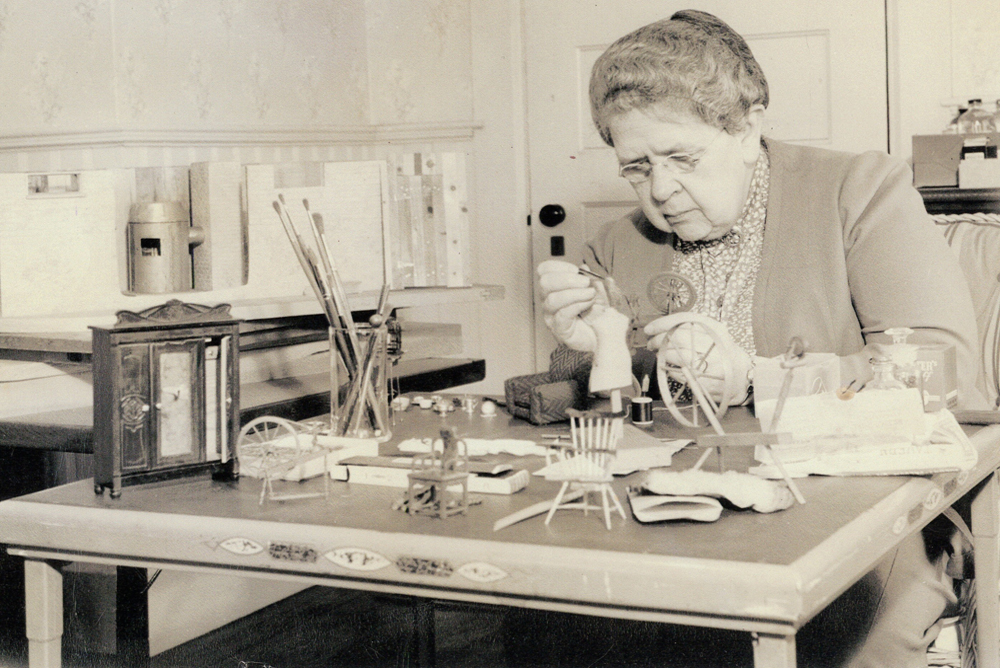
Frances Glessner Lee at work on the Nutshells in the early 1940s. Courtesy Glessner House Museum, Chicago, Illinois.

Fascinating!